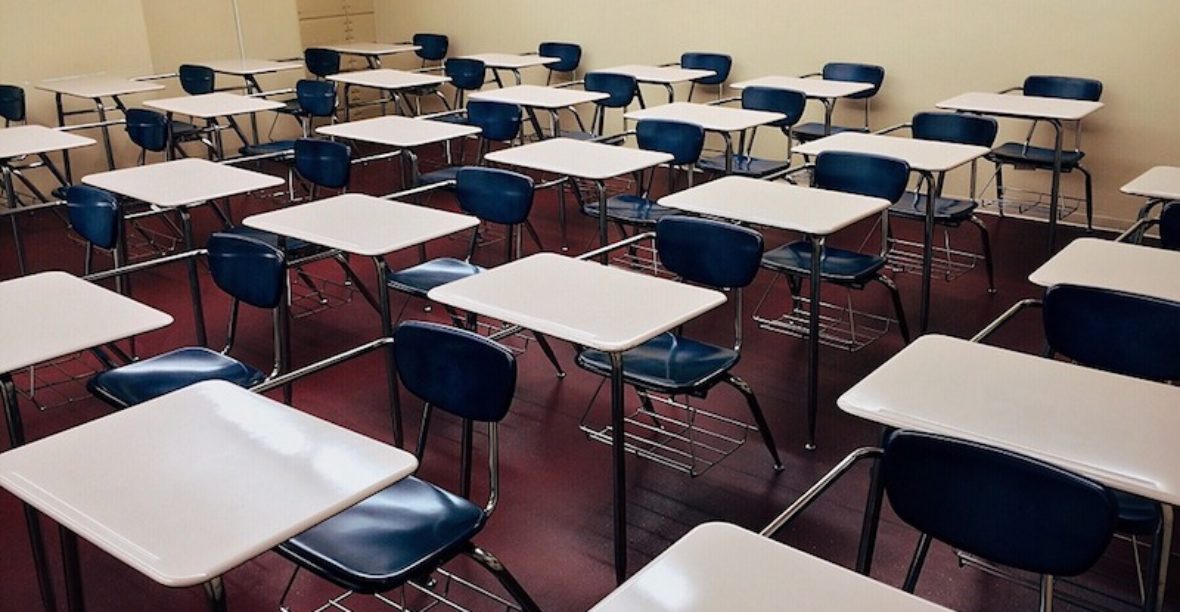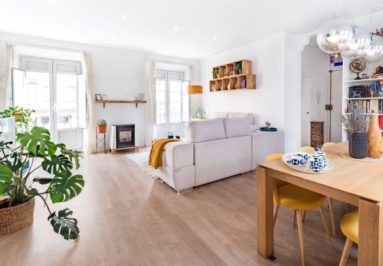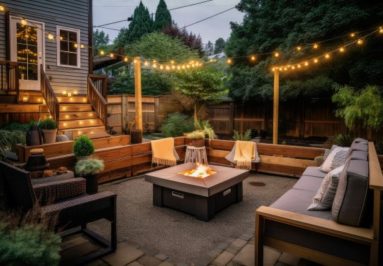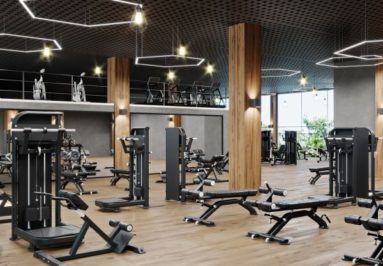Classrooms are subject to a lot of noise that can ultimately hinder a child’s ability to focus and learn. Sound from the hallway, neighboring classrooms, and other children talking in the room can be a huge distraction to students. In many cases, even noisy HVAC/air conditioning noise can make it difficult for students to hear instruction. Keep reading for tips on how to soundproof a classroom effectively and cost-efficiently.
The initial step is to determine the primary acoustic annoyance or disturbance in the space. Some classrooms may have thin walls or inadequate doors that allow sound from the corridors to leak into the educational space. Other spaces are overly reverberant, which makes it difficult for students to focus in the classroom. Furthermore, mechanical noise or exterior noise intrusion causes further issues. Only after you’ve determined and prioritized the acoustic treatment options in the classroom can you begin applying the proper solution.
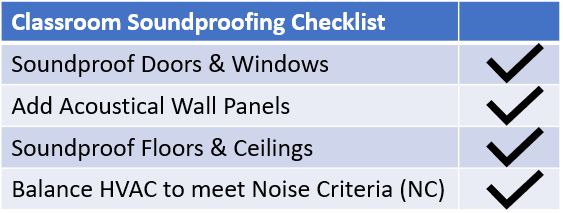
Soundproofing Classroom Doors to Prevent Noise from Outside
Noise from students switching classes or walking down the hallway can easily seep into the classroom. Doors are typically the pathof least resistance, since the STC of a Door will be far below the STC of the adjacent wall.
Doors are simple to soundproof, and the change is highly noticeable as a lot of sound can travel through them. Door sweeps are installed under the door to close the gap between the door and the floor. Door seals, on the other hand, are placed around the perimeter of the door, effectively sealing them from noise leaks. This prevents sound from leaking through the air gaps around the door, and therefore outside noise from being a distraction to students that are still in class.
Balance Your HVAC System to reduce the Noise Criteria (NC) in the Classroom
The Noise Criteria rating, or NC, is essentially the decibel level of air conditioning and other HVAC noise in your classroom space. This number should be as low as possible. In gymnasiums and other noisy spaces, HVAC noise is not problematic. However, when students are straining to hear the teacher’s voice over noisy mechanical systems, this becomes a major issue.
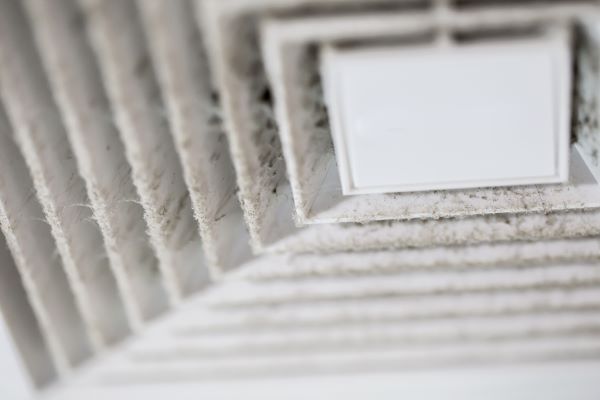
You can contact a Mechanical Contractor to balance your HVAC system, and ensure it is not pumping air faster than it should. Often times HVAC dampers or other mechanisms can shift the flow of air to bypass noise-sensitive areas (like classrooms). Flexible ductwork can also be added in to reduce rattling. Duct silencers and duct lagging can reduce how much noise is heard below.
NOTE: Some classrooms may require research into HVAC and mechanical performance, or analysis into their compliance with relevant regulations such as LEED v4 and ANSI S12. Consider using educational acoustic design services as needed.
Soundproofing Classroom Windows to Reduce Exterior Noise Intrusion
If your classroom has windows, outside noise can be a huge disturbance. A soundproof curtain, such as The AcousticCurtain™, deflects sound waves away from the space. It can be made to fit any sized window with any fabric color, and dramatically changes the noise level in the room.
SAMPLE: See a case study of Window Soundproofing in a school in Wyoming
Soundproofing the Classroom Floor
In a school with multiple stories, footfall can be a huge sound problem. Kids running around upstairs, dropping things, or moving chairs around can bother students on floors below them. Floor Blokker, a sound dampening floor underlayment, is made to be installed underneath the floor. It effectively traps noise instead of allowing it to travel between floors.
When very noisy spaces such as band rooms and choral areas are located above (or below) classrooms, the best option is likely to suspend a gypsum ceiling with a spring-mounted hanger. This is more effective than a standard acoustical sound mat or mass loaded vinyl, and generates an air gap that can greatly reduce sound transmission.
Absorption Panels – Are they the Right Option for Classrooms?
When there is echo and reverberation from a lot of children talking at once, it can be hard to focus and be able to speak clearly as a teacher. Absorption panels can be hung on the walls of a classroom to trap echo and reverberation, increasing speech intelligibility and eliminating background noise.
NOTE: acoustical absorption panels are not the proper solution when you have noise transmission issues between adjacent spaces. They are designed only to improve the echo within a single, independent room.
Learn when to add Sound Absorption for Classrooms
If you are interesting in learning more about how classroom noise can distract students, refer to this case study by our sister company, Commercial Acoustics.
Checklist for Soundproofing Your Classroom:
- Soundproof Doors and Windows that allow distracting noise into the Classroom. Add soundproofing curtains or upgrade glazings as needed. Use Acoustical Caulk to fill drafty windows, and door sweeps & seals to reduce flanking in door gaps.
- Add Acoustical Wall Panels to reduce echo and reverberation
- Suspend a gypsum ceiling when high-noise areas are located above or below classroom
- Balance the HVAC system when high Noise Criteria (NC) levels distract students
Remember that most acostic treatments are best implemented between school seasons, due to the light construction that is generally required. If you are an instructor, we encourage you to reach out to the school administration and schedule acoustic treatment for the next extended break or summer leave.

